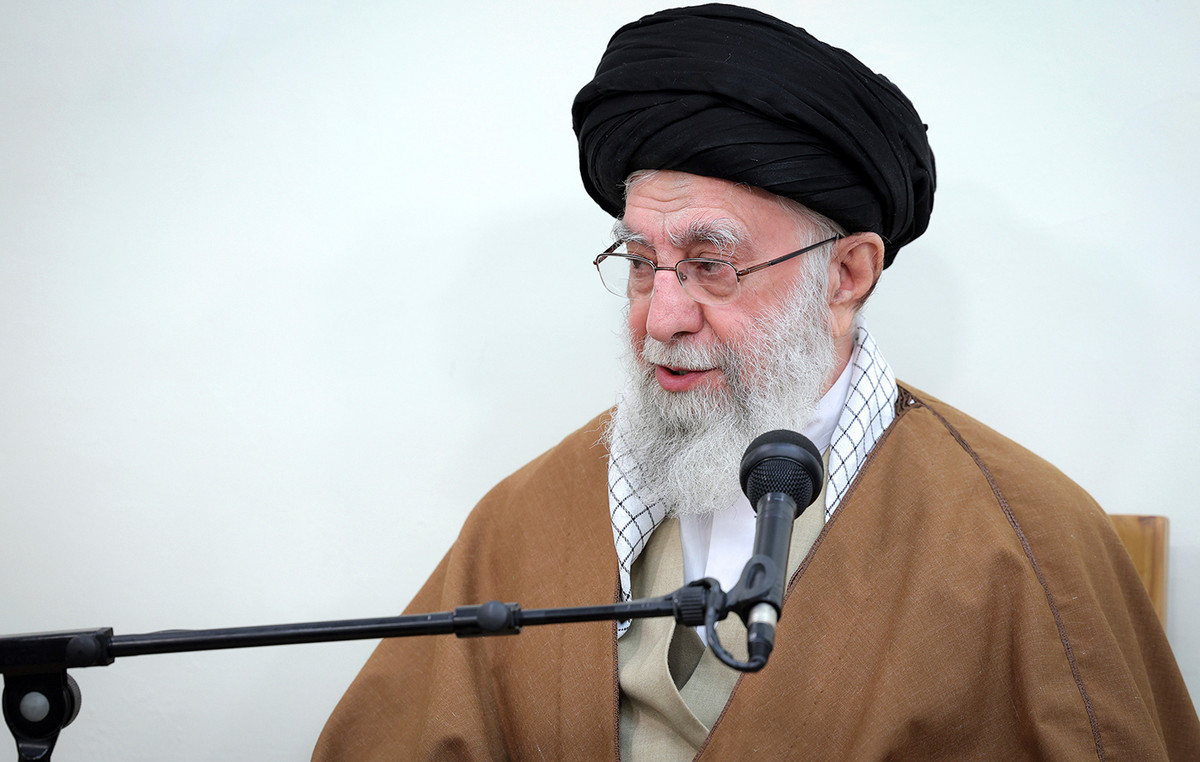After a solar eclipse visible from all over Brazil, the month of October will have another astronomical phenomenon: a partial lunar eclipse on the 28th.
According to information from the portal Time and Datethe event can be seen, at least in part, in Europe, Asia, Australia, Africa, North America, much of South America, the Pacific, Atlantic, Indian Ocean, Arctic, Antarctica.
In Brazil, most of the eclipse will only be visible during the penumbral phase. This means that changes in the star’s color should be barely noticeable to the naked eye. In some places in the Northeast, the phenomenon may be seen as partial.
“When the Moon enters the penumbra, we have a penumbral eclipse and when it enters the umbra we have a partial eclipse. When the Moon is completely inside the umbra we have a total eclipse. Every total eclipse goes through the penumbral and partial phases, both before and after the total phase”, explains astronomer at the National Observatory Josina Nascimento.
The umbra and penumbra are two parts of the Earth’s shadow. The first region is the one that does not receive any illumination from the Sun. The second is characterized by being illuminated by a portion of solar rays, according to information from the Astronomical Observatory of the Federal University of Santa Catarina.
What is a partial lunar eclipse?
A partial lunar eclipse occurs when the Moon is in its full phase, with the Earth moving between this celestial body and the Sun. As it is partial, the three stars do not align in a straight line.
Despite depending on a Full Moon to occur, not all Full Moon nights will have eclipses, due to the inclination of the Moon’s orbit around the Earth.
Partial lunar eclipse stages
According to information from the Time and Datethe phenomenon occurs as follows:
- The penumbral eclipse begins;
- Partial eclipse begins;
- Maximum eclipse;
- End of partial eclipse;
- End of the penumbral eclipse.
The partial lunar eclipse reaches its maximum stage when the Earth’s umbra covers most of the Moon. In the case of the event on the 28th, 6% of the lunar surface will be covered by the umbra.
In total, the phenomenon will last 4 hours and 25 minutes.
Source: CNN Brasil
Charles Grill is a tech-savvy writer with over 3 years of experience in the field. He writes on a variety of technology-related topics and has a strong focus on the latest advancements in the industry. He is connected with several online news websites and is currently contributing to a technology-focused platform.







